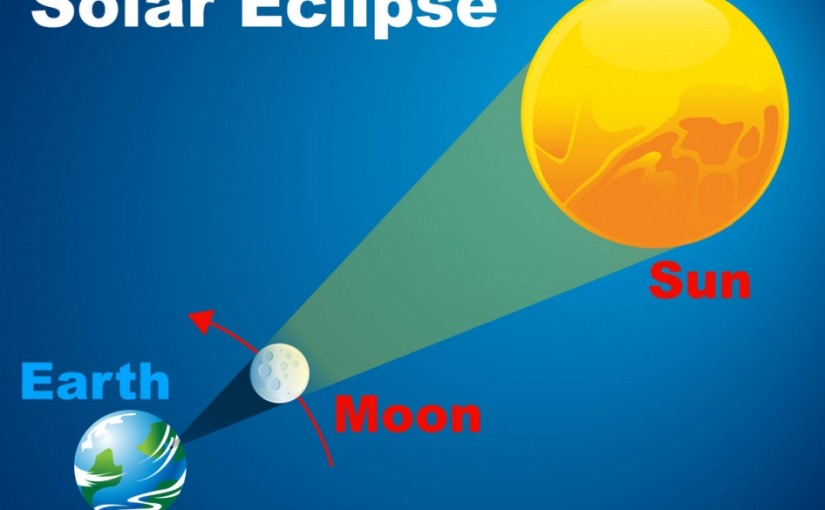
Daytime Fireworks With A Twist
March 20th 2015 we will be fortunate enough to view first hand the last solar eclipse visible over Europe for over a decade.
Unfortunately we in Yorkshire are a little too far South for a total eclipse and only expect to see a 90-94% reduction in ambient light; you would have to be in the Faroe Islands (as one or two of our customers are) or on the Norwegian island of Svalbard for the maximum effect and duration.
As the moon passes between the Earth and the Sun, over a thousand miles of our planet will be turned from bright sunlight to near darkness for a short time lasting around two minutes and forty-seven seconds at the longest phase.
At 7:41am, the Moon begins to move in front of the sun, completing its transit across the sky by 11:50 with the darkest time at around 09:45 dependant on how far south you are (Sheffield will expect around 9:33am), then the moon continues its short journey across the heavens, ending the transit by 11:50 bringing daylight back to our part of the world.
Not being a spring chicken anymore I have witnessed a few over the years, and the one thing that always gets me is the birds, for a minute or two the birds become confused and either believe it to be dawn or dusk and begin to sing as they do for the dawn chorus or evensong or go to roost ready for sleep.
Here at Epic we thought we would celebrate with a few fireworks. Here in the UK it is legal for anyone over 18 years of age to light fireworks any day of the year between 7am and 11pm with extensions for special occasions New Year’s Eve for example.
For those who have never experienced this phenomenon or want to know more, here is a brief video explaining all.
One warning DO NOT look directly at the sun during this period unless you are wearing special glasses designed for the purpose, as this may lead to temporary or permanent damage to your eyesight - so check this out - "How to make a pinhole projector for a solar eclipse".
